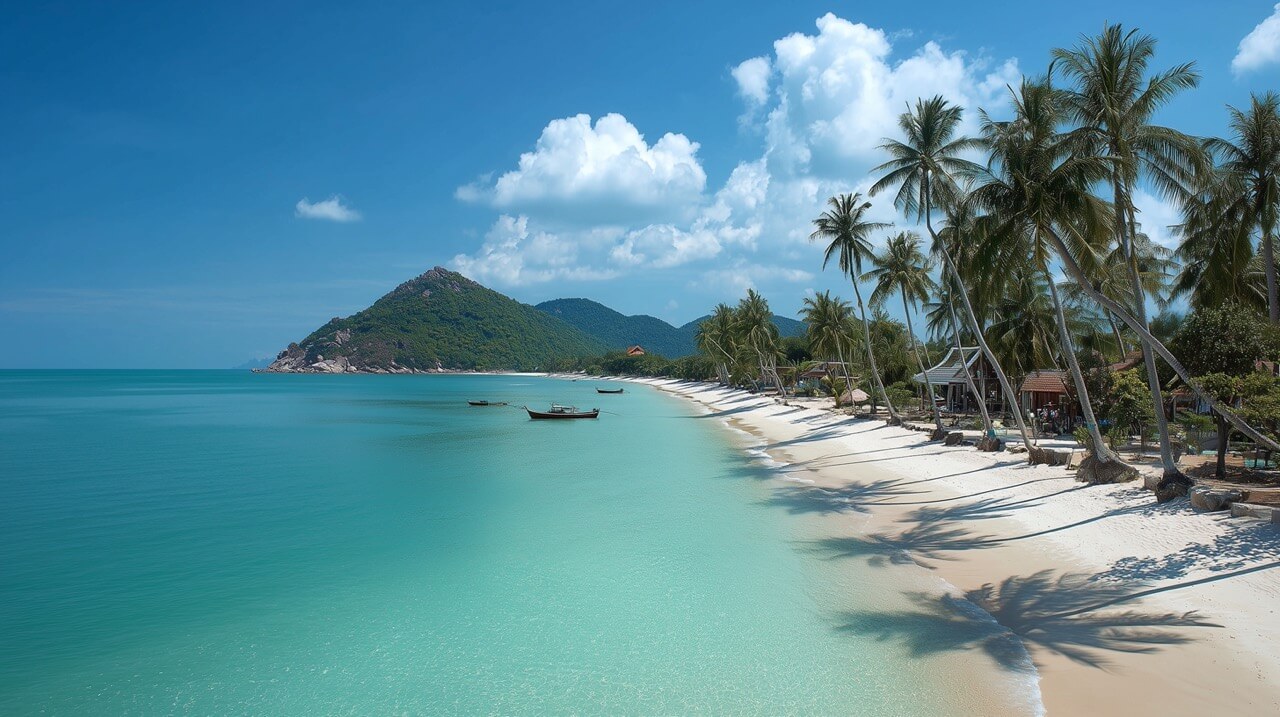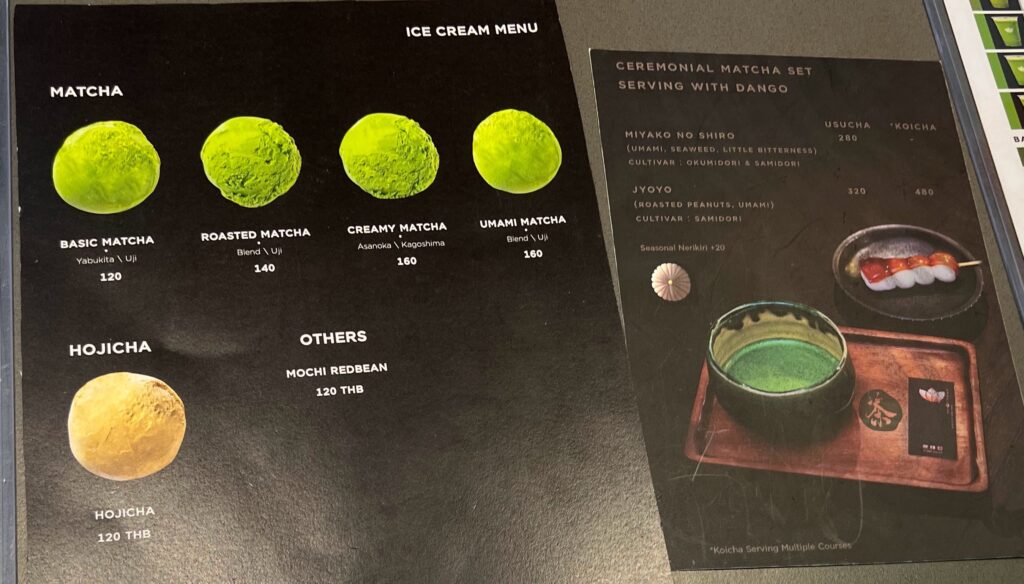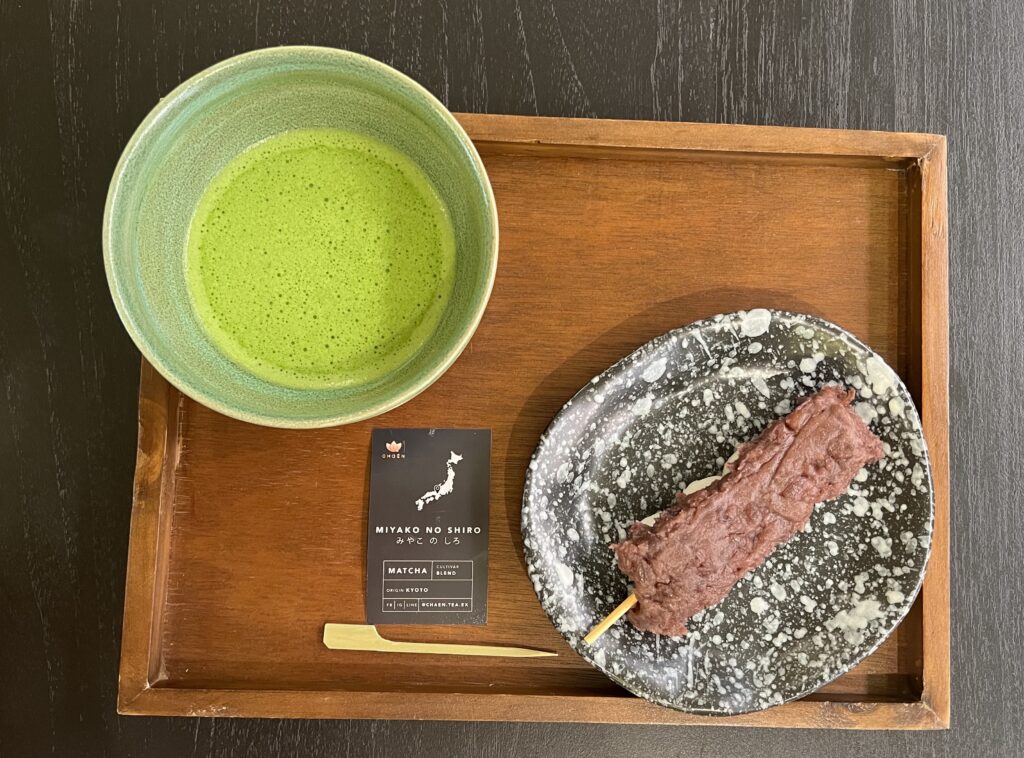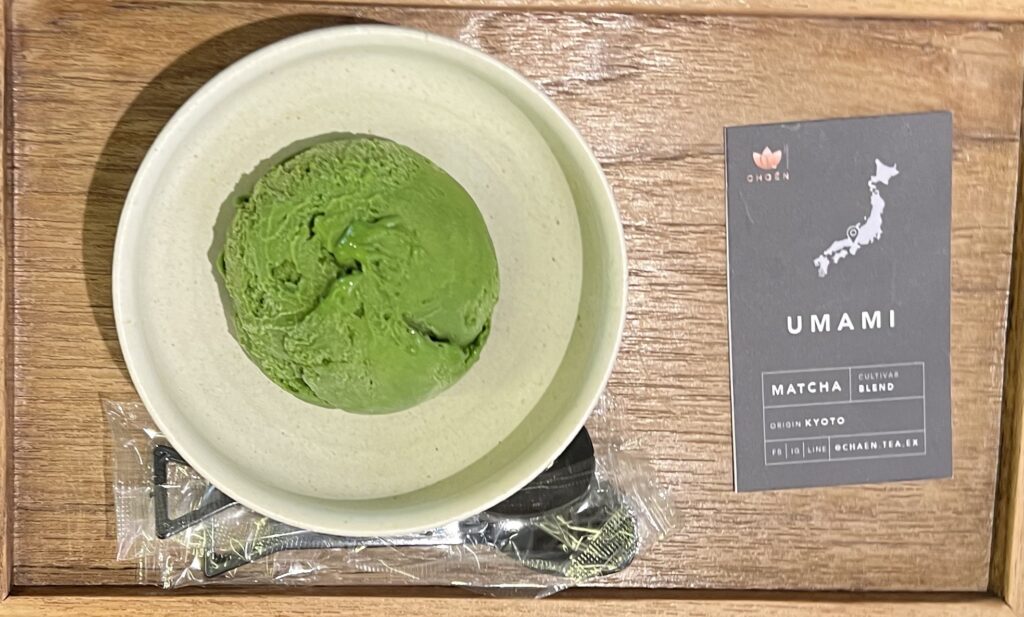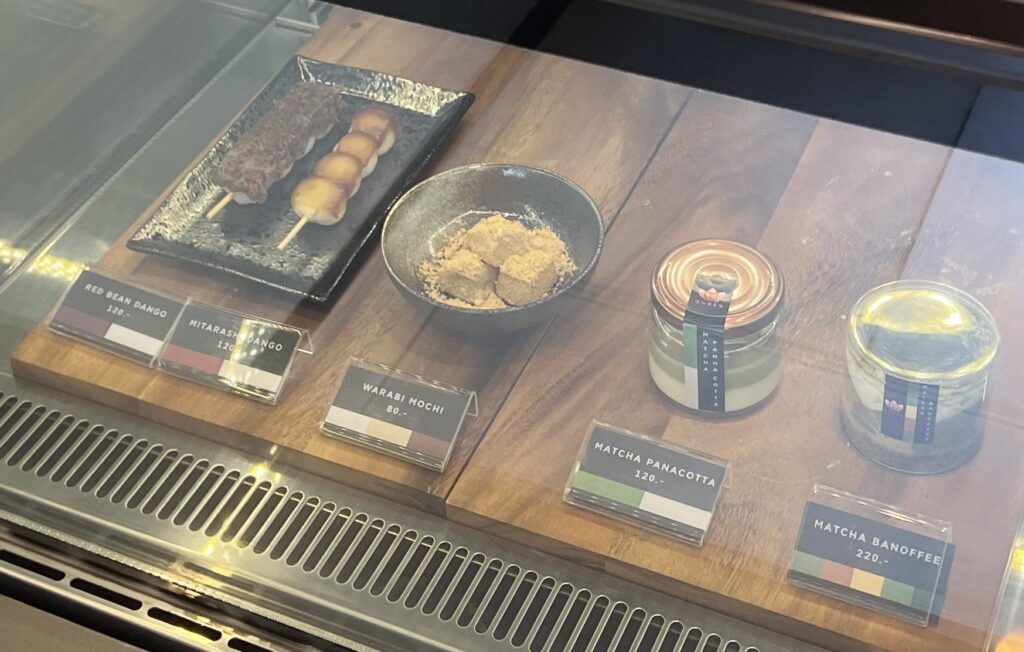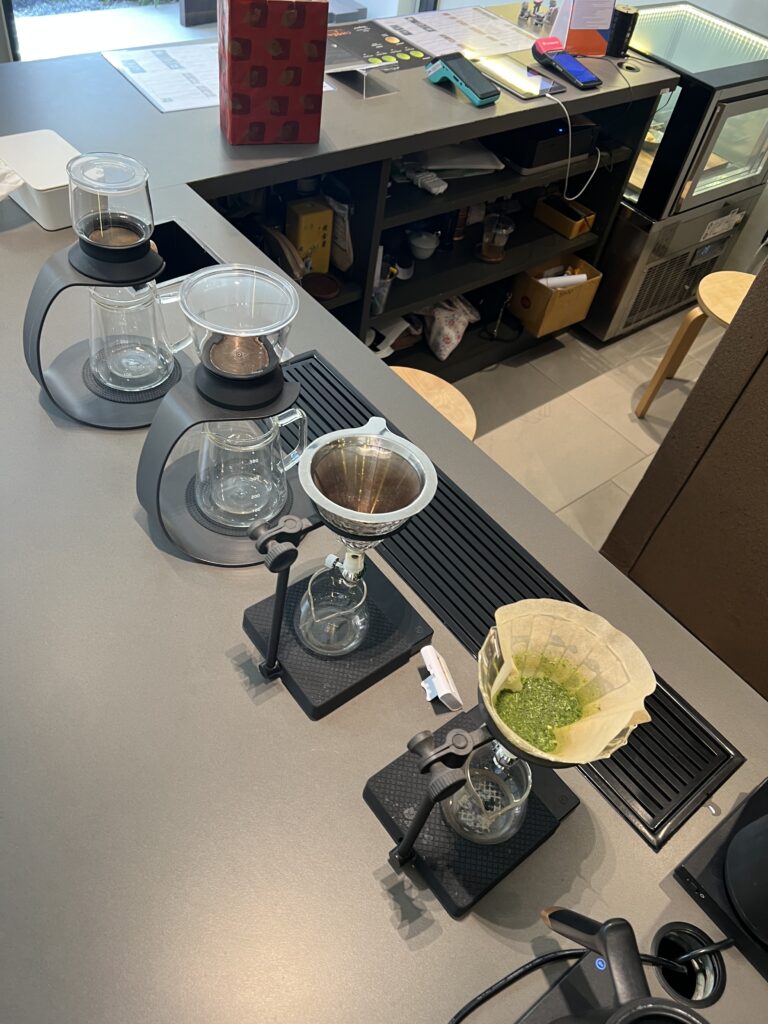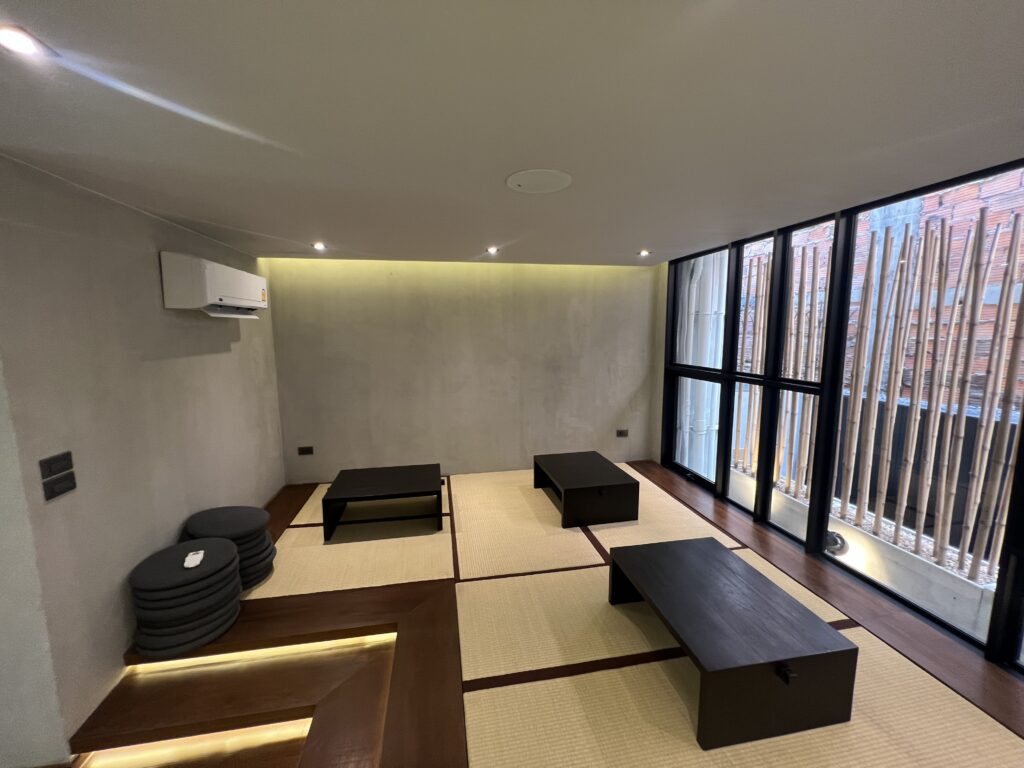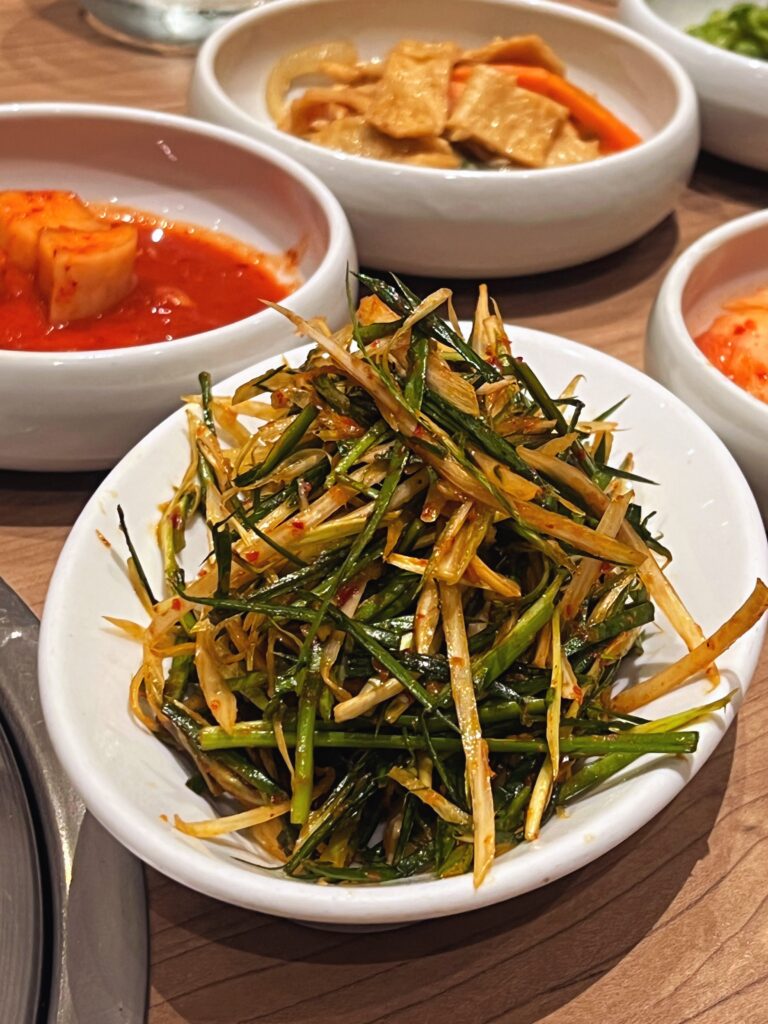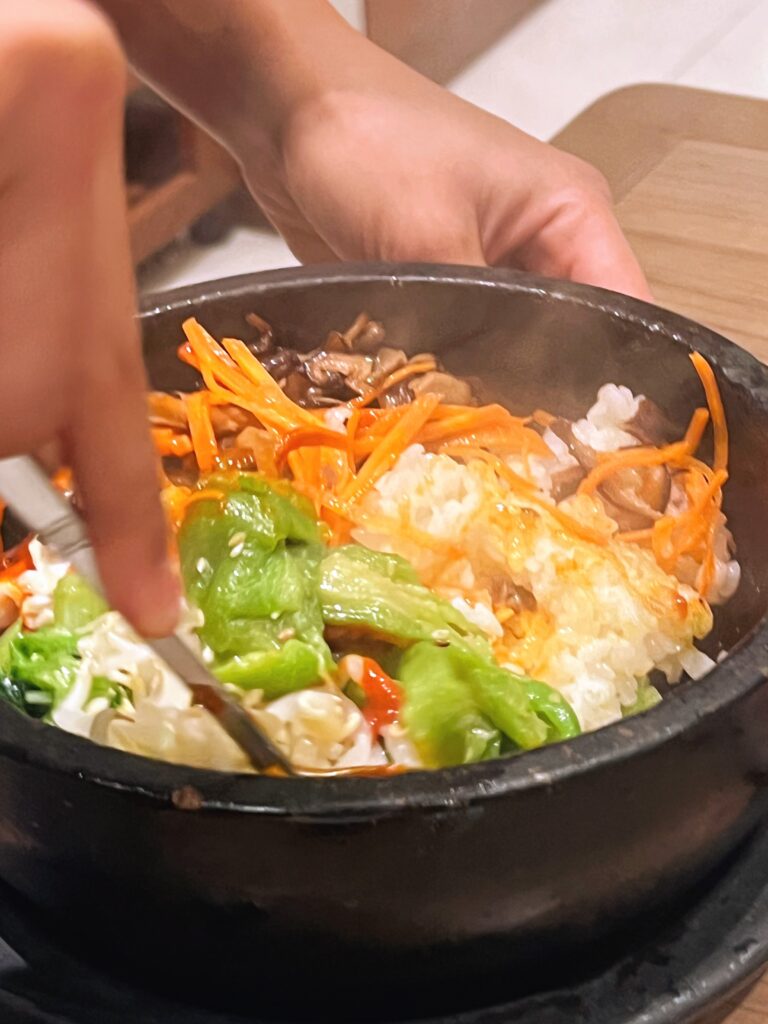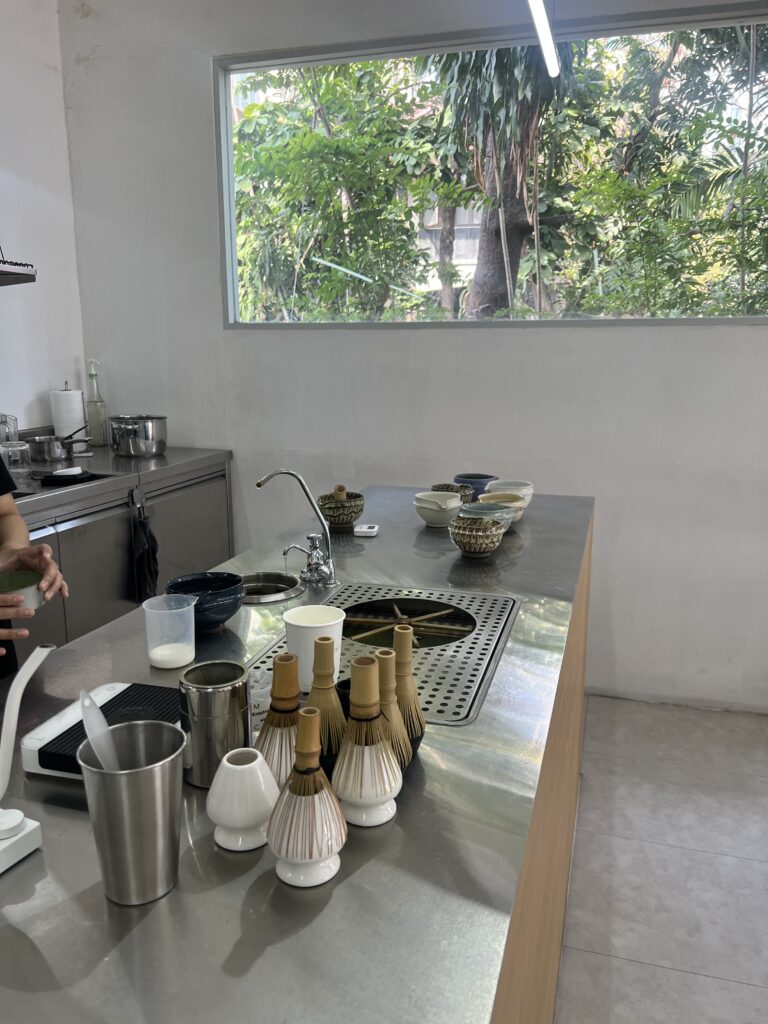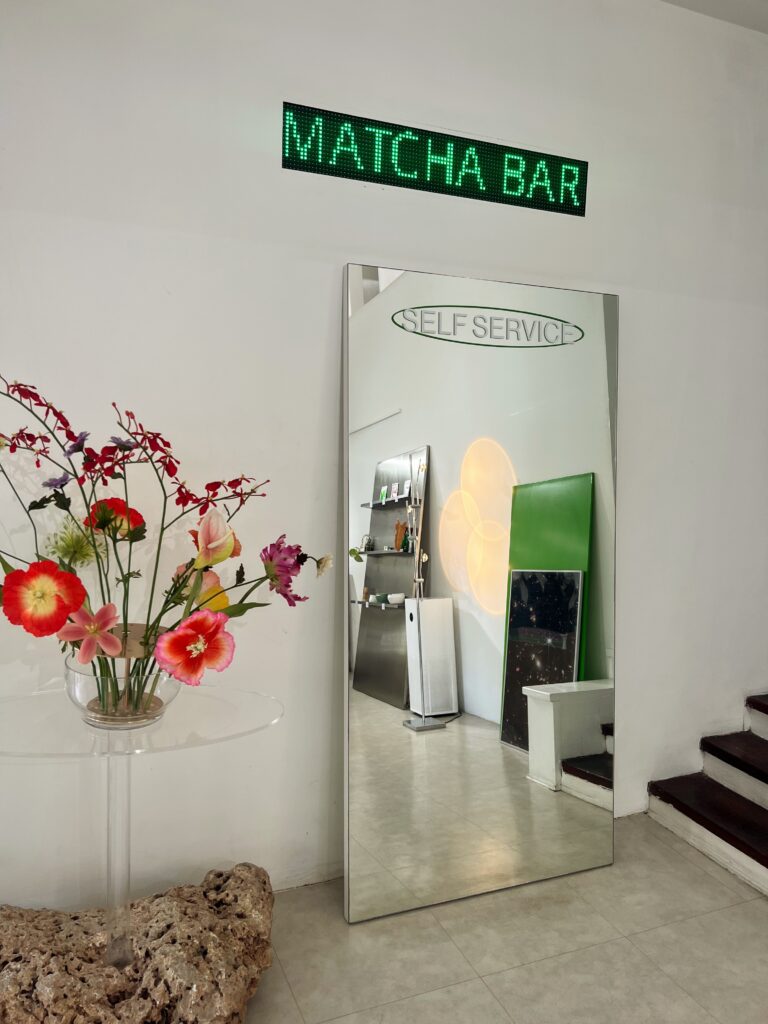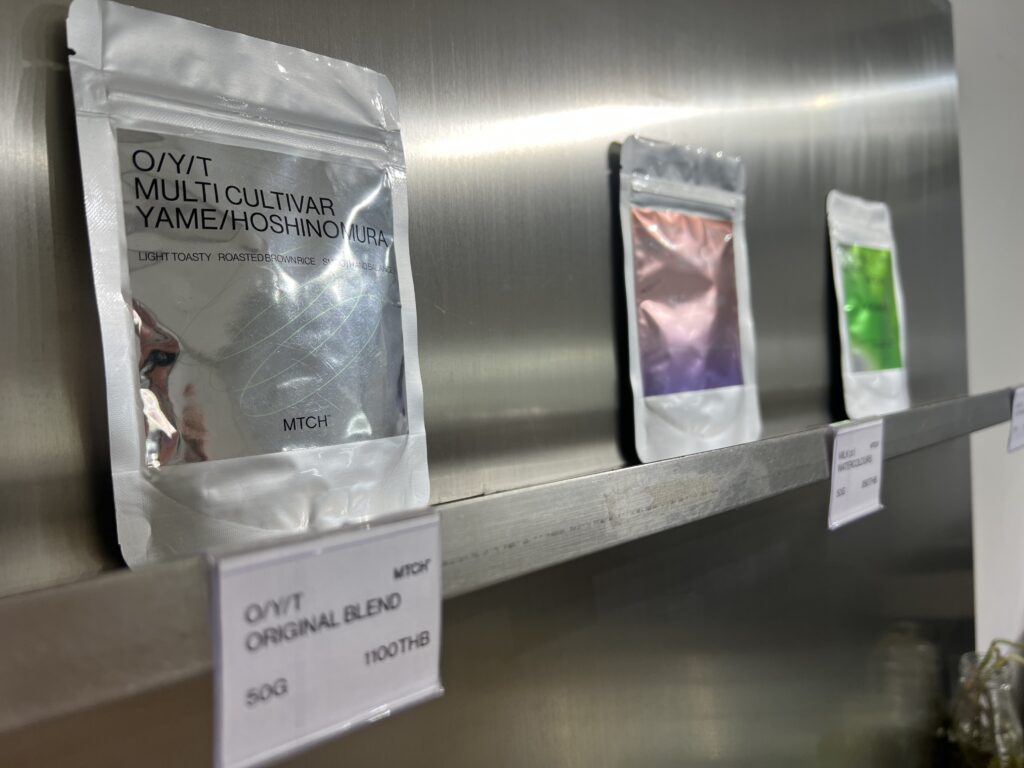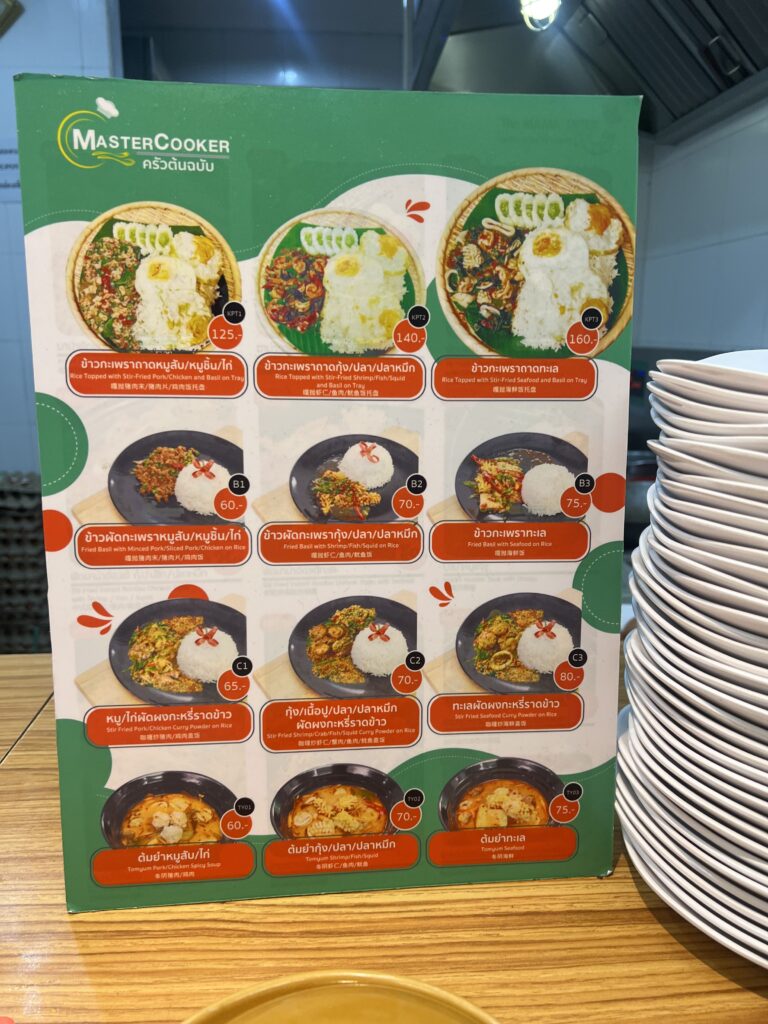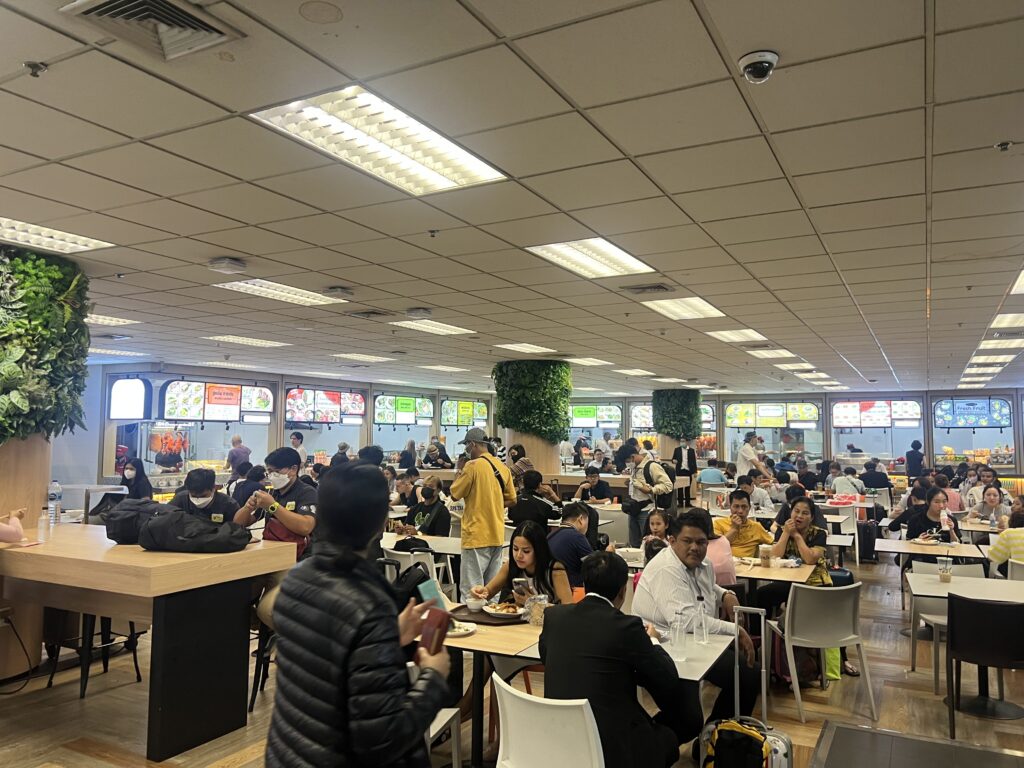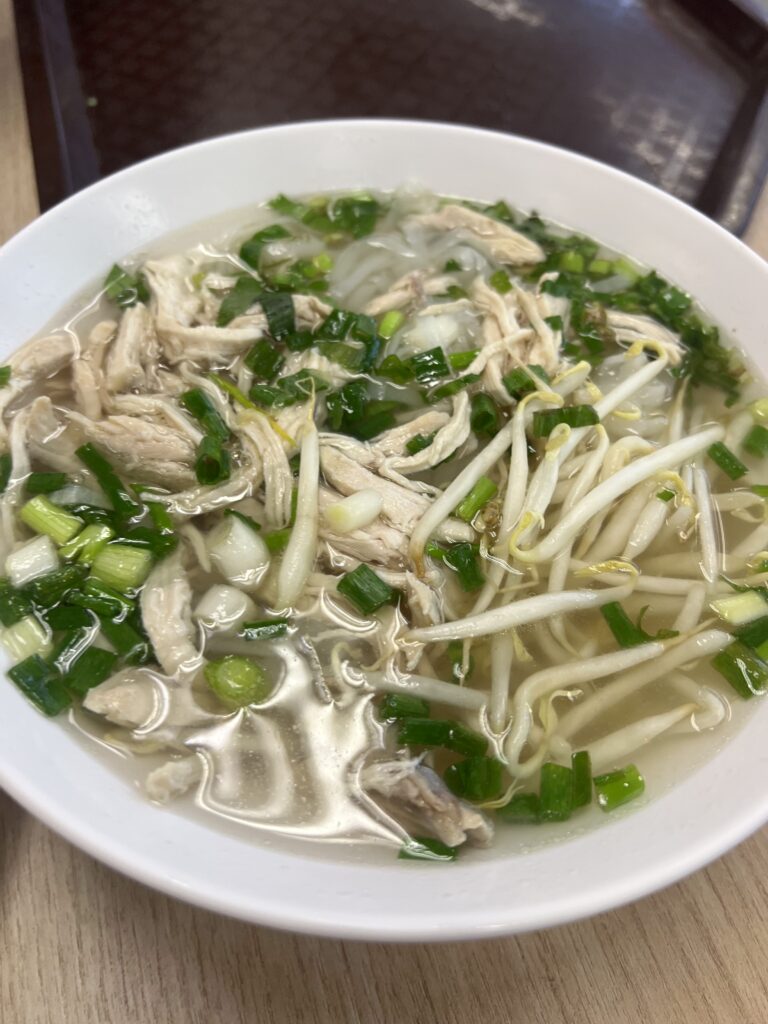Koh Samui is Thailand’s classic island escape, about 765 kilometers south of Bangkok. It’s famous for its beaches, palm trees, and laid-back vibe. There are four main ways to get from Bangkok to Koh Samui: direct flights, indirect flights via Surat Thani, train and ferry combos, or bus and ferry journeys. Prices swing from $22 to $145 depending on how you roll.
The fastest way is flying direct—just over an hour. But if you’re looking to save cash or want a bit more adventure, there are overland routes that mix and match buses, trains, and ferries. Each method has its own flavor, whether you’re after speed, saving money, or just soaking in the scenery.
This guide breaks down every option, with details on schedules, pricing, and a few hard-won tips so you can pick what fits your style and budget. Whether you want to get there fast, go cheap, or experience the real Thailand along the way, there’s a route for you.
My favorite way to get from Bangkok to Samui
Honestly, the most interesting route is a mix of air, bus, and ferry—especially if you’re not in a rush and you travel light. Here’s how I do it: book a cheap flight from Bangkok to Surat Thani on a budget airline.
Why I like this route:
- You get to try a bunch of different transport options
- The anticipation builds as you get closer to the island
- The ferry ride is just flat-out beautiful (not in a fancy way, but in a good travel memories way)
After landing in Surat Thani, hop on a bus straight to the ferry terminal. Several companies offer this combo ticket and the timing usually lines up pretty well.
The ferry is a highlight. There’s something about watching the mainland fade away and the islands pop up on the horizon that just shifts your brain into vacation mode.
| Transportation Stage | Duration | Experience |
|---|---|---|
| Flight to Surat Thani | 1 hour | Quick mainland crossing |
| Bus to ferry pier | 1.5 hours | Local scenery |
| Ferry to Koh Samui | 1.5-2 hours | Ocean crossing |
This takes longer than a direct flight, but it’s way more memorable. The ferry especially helps you leave the Bangkok buzz behind and get into the island mindset.
Who should try this:
- First-timers to Koh Samui
- Anyone with 6 hours to spare
- Travelers who want the journey to be part of the adventure
On the way back, though, I usually just book a direct flight to Bangkok. Sometimes convenience wins.
Overview of Travel Options from Bangkok to Koh Samui
You’ve got four main routes from Bangkok to Koh Samui, with options from quick flights to cheap bus rides. Cheapest is about $22, fastest is just 3 hours if you don’t mind spending more.
Direct Flights
Flying is by far the fastest way. Direct flights leave from both Suvarnabhumi and Don Mueang airports several times a day.
It’s usually about 1 hour and 20 minutes in the air. Bangkok Airways runs most of these flights to Samui.
Flight Times:
- First flight: 6:00 AM
- Last flight: 8:30 PM
- Every 1-2 hours
Tickets swing between $80 and $200, depending on season and how early you book. December to February? Expect prices to jump.
Most flights use ATR 72 turboprops—small but comfy enough for the short hop. Book ahead to save some cash.
Combining Bus and Ferry
The bus and ferry combo is the cheapest for most people. You catch a bus from Bangkok’s Southern Bus Terminal, then transfer to a ferry at Surat Thani.
Buses run all day. VIP and first-class buses are air-conditioned and have seats that recline—definitely worth it for the long ride.
Journey Breakdown:
- Bus to Surat Thani: 8-10 hours
- Transfer: 30-60 minutes
- Ferry to Koh Samui: 1.5-2.5 hours
All in, you’re looking at 10-13 hours. Night buses cost a bit more, but sleeping through the ride isn’t a bad way to go.
There are regular ferries and faster catamarans. Raja Ferry and Seatran Discovery are the main players here.
Train and Ferry Transfers
Train to Surat Thani plus a ferry is another budget pick. Trains leave from Hua Lamphong Station every day.
Train Classes:
- Third Class: Basic, no AC
- Second Class: AC, sleeper options
- First Class: Private compartments with beds
Overnight trains take about 12 hours. If you splurge on a sleeper, it’s surprisingly comfortable.
From the Surat Thani train station, catch a bus to the ferry pier. Add another 3-4 hours for the bus and ferry.
Train tickets run $15-40 based on the class. Ferries tack on another $8-15.
Cost and Time Comparisons
| Method | Total Time | Approximate Cost | Comfort Level |
|---|---|---|---|
| Direct Flight | 3-4 hours | $80-200 | High |
| Bus + Ferry | 10-13 hours | $20-35 | Medium |
| Train + Ferry | 15-17 hours | $25-50 | Medium-High |
If you’re watching your wallet, bus and ferry is the way to go—especially outside of peak season. But if you’re short on time, flying is just easier.
Prices shoot up during peak months, especially for flights. I’d book at least 2-3 weeks ahead if you want a decent rate.
Personally, I think the train offers the best mix of comfort and price for overnight travel. Sleeper cars are a lifesaver on those long hauls.
Direct Flights from Bangkok to Koh Samui
Bangkok Airways is the only airline flying direct from Bangkok to Koh Samui. Flights leave from Suvarnabhumi and take about 75 minutes.
Only 1 Airline: Bangkok Airways
Bangkok Airways has a monopoly on this route since they actually own Koh Samui Airport. No other airlines allowed—kind of wild, right?
Flights run from early morning to evening. There can be up to 24 direct flights a day in high season.
Flight Schedule:
- First flight: 6:00 AM
- Last flight: 8:00 PM
- Every 1-2 hours at busy times
Bangkok Airways is full-service, so you’ll get a meal and drinks. Planes are modern and tidy—nothing fancy, but solid for a short flight.
Tickets start at about 2,000 THB for economy when there are promtions, but it fluctuates a lot depending on demand and how early you book. (Typically, ticket prices start at around 4,000+ Baht and can be up to 12,000 during high season – and I’m talking one way.)
Departure Airports in Bangkok
Bangkok Airways departs from both of Bangkok’s major airways to Samui: Suvarnabhumi (the big, modern airport that’s connected to the Airport Rail Link and easily accessible by public transportation), and Don Mueng (the old airport that’s best reached by taxi). You can see the departure tables with prices for both airports on their official website (make sure to select the right airport!).
Getting to the Airport:
- Airport Rail Link goes right to Suvarnabhumi
- Taxi takes 45-60 minutes, traffic permitting, but if you go during rush hour (between 7:30 am – 9:30 am, or 17:00 – 20:00) I recommend you add at least a 30-Minute buffer in case of traffic jam (it’s best to ask the people at your accommodation when you should leave for the airport, and let them know what time your flight is too – they typically know best)
- Airport buses are the budget option
Bangkok Airways flies out of the domestic terminal. I’d show up at least 90 minutes before departure—traffic and check-in lines can be unpredictable.
Arrival at Koh Samui Airport
Koh Samui Airport is privately owned by Bangkok Airways. It’s got this open-air, tropical design that actually feels like you’ve landed on vacation, not just at another airport.
Flight time is about 1 hour 15 to 1 hour 30 minutes. The airport’s up in the northeast of the island.
Facilities:
- Car rentals on-site
- Easy taxi and minivan transfers
- Not a ton of food or shopping, but enough for a quick snack
- Small terminal, so you’re in and out fast
Chaweng and Bophut beaches are close by. Lots of hotels offer pick-up, so getting to your bed is usually painless. If you want to go diving on Koh Samui, Member Diving in Bophut is a great choice. They’re run by a Swiss guy who loves diving and Thailand and has been running his diving center there since 2013. (With free transfers.) Café K.O.B By The Sea is a great place to sit near the boat pier and enjoy some pastries. And if you want to rejuvenate, Vikasa further down in the south of the island offers wonderful yoga retreats.
Baggage claim is quick, and you’re through immigration in minutes. Honestly, it’s one of the more pleasant little airports I’ve been through.
Flying Indirectly via Surat Thani or Nearby Airports
If you’re on a tight budget, flying to Surat Thani with a low-cost airline is a solid option. You’ll need to catch a bus and a ferry after landing, but you can save a chunk of money compared to the direct route.
Budget Carrier Options
AirAsia runs several daily flights from Don Mueang Airport to Surat Thani, usually at a fraction of the price you’d pay for a direct flight to Koh Samui. First departures are around 6:30 AM, and you’ll find the last ones leaving just before 8:00 PM. Not bad if you want flexibility—or if you’re like me and always running late.
Nok Air is another solid budget pick on this route. Their planes are a bit smaller, but their schedules are pretty reliable, especially during peak times when flights go out every couple of hours.
Lion Air sometimes tosses out promo fares, but their schedule’s less predictable. If you want those bargain seats, grab them early—no sense in waiting and paying double later.
Flight Duration: About 1 hour 20 minutes to Surat Thani Airport
Typical Savings: 1,500-3,000 THB versus direct flights
Transit from Airport to Ferry
Six companies run direct connections from Surat Thani Airport to Koh Samui, bundling your bus and ferry ticket for 300-400 THB. You get an air-conditioned bus straight to Don Sak Pier—simple enough.
Shuttle buses leave every half hour or so, syncing up with the ferry times. The ride to Don Sak Pier takes about an hour and rolls through some pretty classic Thai countryside. If you want to skip the bus, you can always grab a taxi—expect to pay 800-1,200 THB for the privilege, but you’ll get more control over your timing.
Ferry Routes to Koh Samui
Don Sak Pier is the main launch pad for Koh Samui ferries, running every 1-2 hours from 6:00 AM to 7:00 PM. The crossing itself? Usually 60-90 minutes, depending on weather and the boat.
Raja Ferry is the workhorse here, with big vehicle ferries docking at Na Thon Pier on Samui’s west coast. Seatran Discovery offers faster, passenger-only boats—if you’re in a hurry, they’ll get you there in about an hour, landing at Na Thon or Lipa Noi depending on the service.
Ferry tickets run 150-200 THB for people, and you can bring a motorcycle for another 100 THB. If you bought a joint ticket at Surat Thani Airport, you’re set—reserved seats on both legs.
Traveling by Train from Bangkok to Koh Samui
The overnight sleeper train to Surat Thani is one of those old-school, affordable options—costs less than half what you’d pay for a flight, and you get a bit of an adventure. Board in Bangkok in the evening, and you’re on Koh Samui before lunch the next day (with a train and ferry combo).
Train Routes and Sleeper Classes
You’ve got a few overnight trains leaving Bangkok for Surat Thani daily. The most popular ones head out at 15:10, 16:10, 16:50, and 17:30—plenty of choices, but the earlier you book, the better.
Sleeper Train Schedule:
- Train 171: Departs 15:10, arrives 01:11
- Train 37/45: Departs 16:10, arrives 01:49
- Train 31: Departs 16:50, arrives 02:20
- Train 169: Departs 17:30, arrives 04:06
Second Class sleepers have fold-down bunks and curtains for privacy. Staff makes up your bed around 7 PM—fresh sheets, pillow, blanket, the works.
First Class gets you a private two-bed compartment with a locking door. Both classes have air-con, but it can get chilly, so I’d bring a hoodie or something warm.
Krung Thep Aphiwat Central Terminal (Bangkok) Information
Krung Thep Aphiwat Central Terminal—Bang Sue Grand Station—is the main train hub in Bangkok. It’s hooked up to the MRT, so you can get there from just about anywhere in the city.
Big digital boards above the ticket counters show you where to go. Your ticket’s got your seat and carriage number printed right on it, so there’s no guesswork.
If you want a Second or First Class sleeper, book as soon as you can. These berths go fast, especially on weekends and holidays.
The station itself is pretty decent: waiting areas, food courts, shops for last-minute snacks. There’s a security check before you hit the platforms—standard stuff.
Transferring to Ferry Services
Once you roll into Surat Thani Railway Station, staff from the transport companies are already waiting. Just flash your booking voucher and they’ll point you to the right spot.
Ferry Service Options:
- Raja Ferry: ฿442, departures 05:30-16:00
- Phantip: ฿420, 05:30 and 08:00
- Lomprayah: ฿750, 09:30
Buses take you straight from the train station to the ferry piers. The whole bus-plus-ferry leg is about 4-5 hours, depending on which company you pick.
Ferries land at different Samui piers: Lomprayah and Phantip go to Na Thon, Raja Ferry stops at Lipa Noi.
Bus and Ferry Combination Journeys
The cheapest way to get from Bangkok to Ko Samui is just $22, making the bus-and-ferry combo a favorite for budget travelers. One ticket covers the whole trip, and with so many departure points, it’s pretty convenient no matter where you’re staying in Bangkok.
Buying Combined Tickets
With combined bus and ferry tickets, you buy once and forget about it. No need to juggle separate bookings or stress over missed connections.
Different companies offer these joint tickets, and you can book them online. It’s less hassle and you won’t have to scramble for ferry seats during busy times.
Ticket prices by operator:
- Transport Co Express: THB 620
- Transport Co VIP: THB 960
- Lomprayah VIP: THB 1,800
- Khao San operators: THB 1,100-1,500
This combo is great if you want a no-fuss trip. During peak season, it’s a lifesaver—your ferry seat is guaranteed.
Most companies want you checked in 30-60 minutes before departure, with ID that matches your ticket info.
Popular Departure Points in Bangkok
Bangkok has three main spots for Koh Samui buses, each with its own flavor and crowd.
Mochit Bus Terminal is the main hub for Transport Co. It’s easy to reach via MRT Kamphaeng Phet, and a quick taxi ride (under 50 baht) gets you right to the platform.
Southern Bus Terminal is where you’ll catch Lomprayah and some Transport Co routes. This one’s the fastest if you’re taking the Chumphon route instead of Surat Thani.
Khao San Road is backpacker central. Operators like Montanatip, Jarinthon Tour, and Bangkok Travel Plus run services from here—super handy if you’re staying in the area.
The Bangkok–Surat Thani bus covers 650km, while Chumphon is about 460km. Most Khao San buses link up with Raja Ferry at Lipa Noi on Samui.
Onboard Experience and Travel Time
The trip is a mix of overland bus and ferry. You’ll bus to the mainland, then hop a ferry for about 1.5 hours.
Bus travel times:
- Chumphon route (Lomprayah): 6.5 hours
- Surat Thani route: 10-12 hours (most companies)
VIP buses have 24-32 seats, recline to 135 degrees, and offer air-con and USB charging. Express buses fit 36-46 people with slightly less recline and basic amenities.
Most trips are overnight, so you can (try to) sleep through the bus ride. Usually you’ll arrive in the morning for the ferry transfer.
Ferries to Koh Samui include Seatran Ferry to Nathon and Raja Ferry to Lipa Noi. They run hourly from 5 AM to 7 PM, with air-con cabins and basic onboard facilities.
The fastest way is Lomprayah’s Chumphon route with a high-speed catamaran—total journey about 11 hours. The classic Surat Thani route is longer, 16-18 hours, but much cheaper.
Important Travel Tips and Alternative Routes
Peak season prices and booking ahead really shape your costs. If you want to mix it up, you can island-hop from Phuket, Krabi, or Koh Tao—those routes are scenic and worth a look if you’ve got time. Knowing which Samui pier you’ll arrive at helps plan your next move.
Booking Advice and Peak Seasons
Peak season is December to March—expect prices to jump 30-50% across the board. Book flights and ferries at least 2-3 weeks out if you don’t want to get stuck.
Low season (April-November) is cheaper, but you gamble with monsoons. Ferries sometimes get canceled, especially from September to November.
Advance booking on bus-ferry combos usually saves you 200-400 baht. Buy in Bangkok for guaranteed connections—even if there are delays, your spot’s safe.
Holiday periods like Thai New Year (April 13-15) and Chinese New Year? Double prices and packed buses. Christmas week is nuts—book 6-8 weeks ahead, minimum.
Connections from Phuket, Krabi, and Koh Tao
Phuket connections mean hopping on a ferry—usually a high-speed catamaran—that gets you to Koh Samui in about 5-6 hours. Raja Ferry has daily boats leaving Phuket Town pier at 8:30 AM and 1:30 PM. Not exactly a quick jump, but it’s scenic and, honestly, kind of meditative if you like being on the water.
Krabi to Koh Samui is a bit faster. You’ll catch a speedboat, and you’re looking at around 2.5-3 hours from Krabi Town or Ao Nang Beach. Four Seasons Travel runs morning boats, and if you’re traveling in high season, you might even connect through Koh Phi Phi. It’s a bit of a patchwork journey, but that’s half the fun.
Koh Tao island-hopping is probably the prettiest route of the bunch. Lomprayah ferries do the run in about 2.5 hours. Mornings start at 9:30 AM, which works out nicely if you want to hit Koh Samui by afternoon—no frantic rushing required.
Koh Phangan is just a stone’s throw away. Speedboats do it in 30 minutes; regular ferries take an hour. Seatran Discovery runs these all day, every hour. If you’re impatient or just want to squeeze in a few more beach hours, the speedboat’s the way to go.
Arriving in Koh Samui: Transport and Destinations
Airport location is just 2km north of Chaweng Beach, so you’re basically there as soon as you land. Taxis have fixed rates—120-150 baht to the main beaches. Songthaews (those open-air trucks) are cheaper at 60-80 baht per person if you don’t mind sharing and maybe a little breeze in your hair.
Ferry terminals are either Nathon Pier (west side) or Bangrak Pier (east). If you land at Nathon, you’ll need about 20 minutes by car to get to the hotspots like Chaweng and Lamai. Not too bad, unless you hit traffic—then, well, patience is a virtue.
Popular destinations from arrival points:
| Destination | From Airport | From Nathon Pier | From Bangrak Pier |
|---|---|---|---|
| Chaweng | 10 minutes | 20 minutes | 15 minutes |
| Lamai Beach | 20 minutes | 25 minutes | 25 minutes |
| Fisherman’s Village | 15 minutes | 30 minutes | 5 minutes |
Local transport is a mixed bag: motorbike taxis (20-40 baht), songthaews (60-100 baht), and rental scooters (200-250 baht/day if you want all the freedom). Grab works, but only in the main tourist zones—and even then, don’t expect Uber-level coverage.
Frequently Asked Questions
Getting between Bangkok and Koh Samui isn’t complicated, but you’ve got options. Flights clock in at around 70 minutes, while ferries from the mainland take about 1.5 hours. If you’re piecing together buses, trains, and ferries, you’re looking at anywhere from 10 to 16 hours total. It’s a long haul, but sometimes the journey’s the story, right?
What are the flight options and times from Bangkok to Koh Samui?
Bangkok Airways is your only direct flight bet. They fly out of both Don Mueang and Suvarnabhumi airports.
Direct flights from Bangkok to Koh Samui take about 1 hour and 10 minutes. Suvarnabhumi offers more frequent departures, so if you like flexibility, that’s your spot.
Don Mueang’s only got 3 flights per day to Koh Samui, while Suvarnabhumi has several—think early morning to early evening, 6:00 AM to 7:35 PM.
Tickets run $67 to $145 USD one-way, not counting luggage. Prices climb during high season, so if you’re budget-minded, plan ahead or travel off-peak.
Where can I find ferry schedules from Bangkok to Koh Samui and how long does the journey take?
No direct ferry from Bangkok to Koh Samui—sorry, wishful thinkers. You’ll need to get to a mainland port first, then hop a ferry.
Chumphon or Surat Thani are the usual suspects. From there, ferries to Koh Samui take between 1.5 and 4.5 hours, depending on where you start and which boat you pick.
Ferry services from Chumphon to Koh Samui run about 4-4.5 hours on a high-speed catamaran, usually making pit stops at Koh Tao and Koh Phangan. It’s a bit of an island sampler platter.
From Donsak Pier near Surat Thani, it’s about 1.5 hours. Seatran ferries land at Nathon Pier, Raja ferries at Lipa Noi Pier. Both are reliable, just different landing spots.
Is there a direct transportation option between Phuket and Koh Samui?
No direct flights or ferries between Phuket and Koh Samui. You’ll have to connect through Bangkok or go overland and catch a ferry.
The fastest way? Fly Phuket to Bangkok, then Bangkok to Koh Samui. Not exactly seamless, but it works if you’re in a hurry. Just be ready to juggle separate bookings and maybe a lounge coffee or two.
If you’re pinching pennies or just want to see more of Thailand, overland routes exist—bus or private car to Surat Thani, then ferry. It takes longer, but it’s cheaper and sometimes more interesting.
There’s no direct ferry between the two islands. You’ll have to cross the mainland. It’s a bit roundabout, but hey, that’s travel.
What are the best ways to travel from Surat Thani to Koh Samui?
Ferries are your main play from Surat Thani to Koh Samui. You can reach the piers from the airport, train station, or bus terminal—pretty convenient.
Combined van and ferry tickets from Surat Thani Airport start at $14 USD. That covers a 1.5-hour van ride to Donsak Pier, then a 1.5-hour ferry trip. Not too shabby.
From the train station, grab a minivan or bus to Donsak Pier. All in, you’ll spend about three hours getting from the train to Koh Samui.
Bus and ferry combos from Surat Thani Bus Terminal cost around $12 USD. Operators like Seatran and Raja Ferry cover this route, so you’ve got options.
What’s the average flight time between Koh Samui and Bangkok?
Direct flights between Bangkok and Koh Samui clock in at about 1 hour and 10 minutes. Only Bangkok Airways runs these non-stop flights, so options are pretty straightforward.
Honestly, the flight time doesn’t change much, no matter when you go. Weather delays? Not really a thing here, at least not often enough to worry about.
It’s a 765-kilometer hop, but don’t forget to factor in the usual airport shuffle—checking in, boarding, maybe grabbing a coffee. That stuff always stretches the journey a bit.
If you’re chasing cheaper tickets, you could look at connecting flights. Budget airlines hit Surat Thani from Bangkok in about 1 hour and 15 minutes, but you’ll spend more time on the ground getting to Koh Samui. Sometimes the savings are worth it, sometimes not. Up to you.
